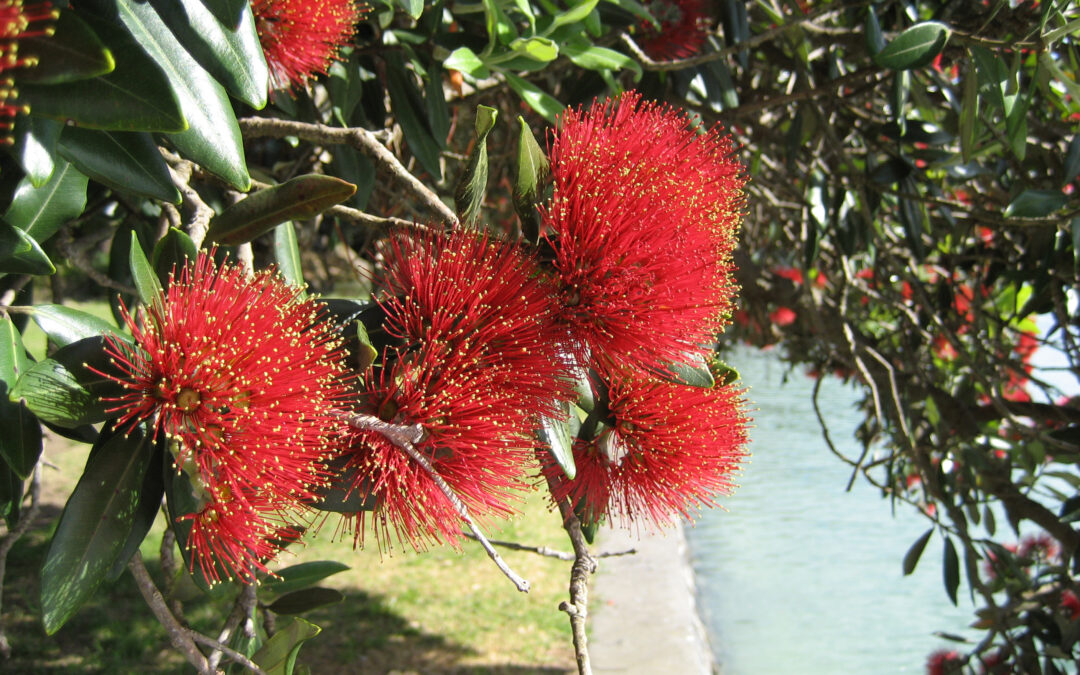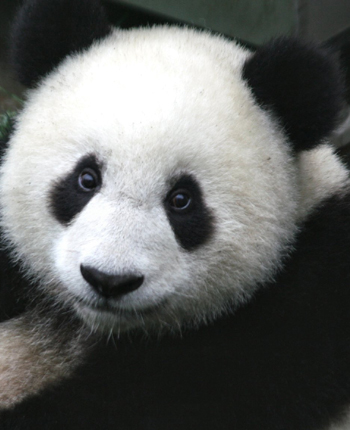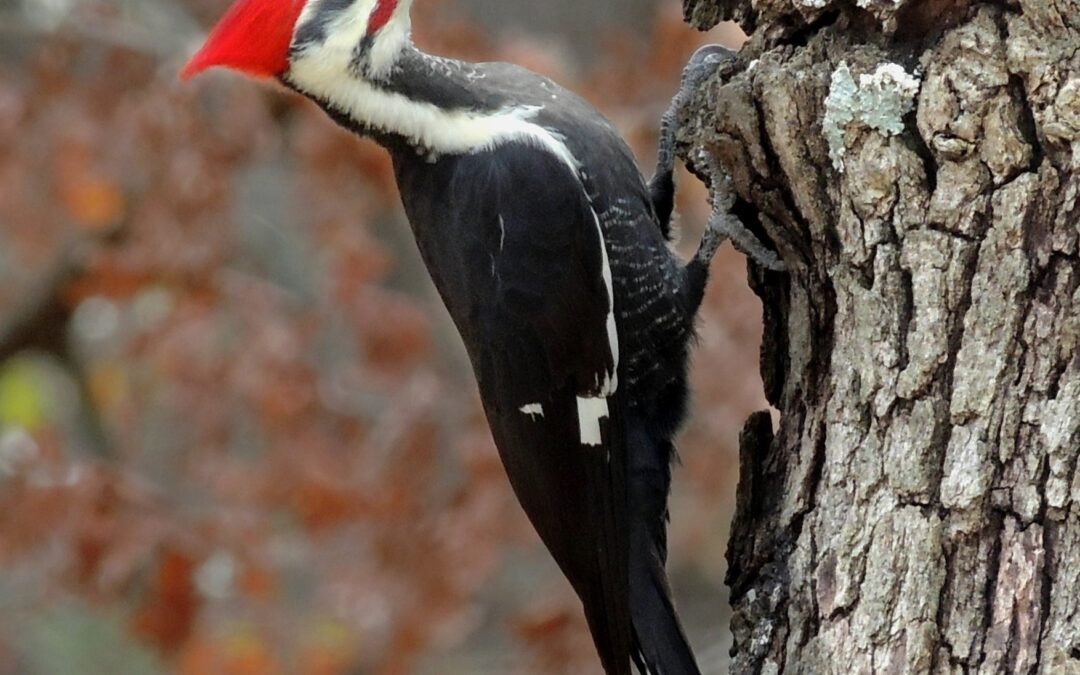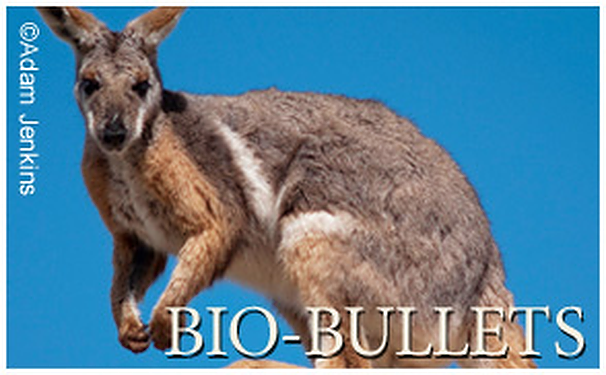
by BioEdge | Jun 15, 2020 | Biobullets
The ostrich uses the same advantages as used by flying birds, namely greater mobility and heat-tolerance than those of mammals, to compete as a herbivore with the many African antelopes. Prof. Mumblebard claims: “The ostrich fits in among African mammal communities by...

by BioEdge | Jun 15, 2020 | Biobullets
Native biotas are today overwhelmed by a series of invasions by plant and animal species introduced artificially from foreign lands and waters, for example Lance-leaf myrtle (Metrosideros angustifolia, above). However, perhaps such catastrophes have always been a...

by BioEdge | Jun 15, 2020 | Biobullets
The giant panda is the blackest and whitest of bears, because it is the bear under greatest risk of futile attack by the tiger. Prof. Mumblebard claims: “The black-and-white pattern of the giant panda is probably an accident of evolution. If this colouration is...

by BioEdge | Jun 15, 2020 | Biobullets
Certain plants, like Zanthoxylum above (Wikipedia Commons), have seeds dispersed by animals without the usual rewards of sugary fruit-pulp or oily arils. The real payment is vital although it seems intangible. Prof. Mumblebard claims: “Plants attract seed-dispersing...

by BioEdge | Jun 15, 2020 | Biobullets
Despite its apparent abundance of ants, Australia is devoid of all woodpeckers. One real reason is that even the most conspicuous ants can be unproductive. Prof. Mumblebard claims: “The reason there are no woodpeckers in Australia is that these birds were unable to...

by BioEdge | Jun 15, 2020 | Biobullets
The meanest frog can play myrmecophage. Prof. Mumblebard claims: “Any species of mammal, bird, reptile or amphibian that eats mainly ants and termites deserves to be called myrmecophagous – a technical term reserved for animals specialising on such a diet. This is...







